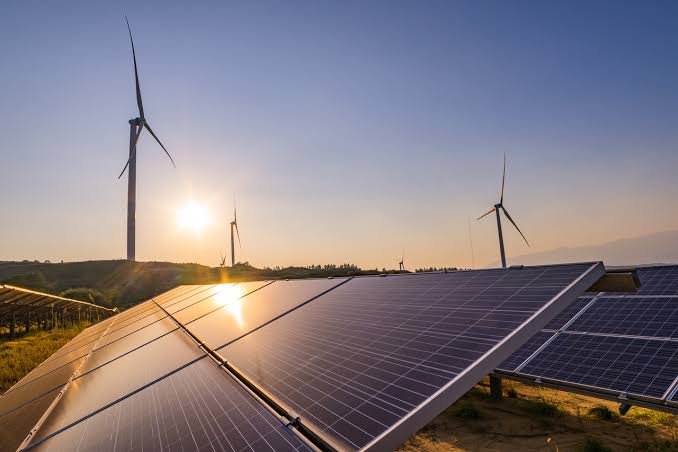The International Energy Agency (IEA) says limiting global warming to 1.5°C and achieving net zero by 2050 is still within reach due to the record growth of clean energy technologies.
In its 2023 net zero roadmap report released on Tuesday, the agency projected that the speed of the rollout of key clean energy technologies means that the demand for coal, oil and natural gas will decline this decade even without any new climate policies.
It added that while this is encouraging, bolder action such as tripling the global renewable power capacity by 2030, sharp rise in sales of electric vehicles and cutting methane emissions by 75 percent, is needed.
These strategies, the report says, are proven and cost-effective technologies for lowering emissions and would together deliver more than 80 percent of the reductions needed by the end of the decade.
Advertisement
Fatih Birol, IEA executive director, said the 2023 report, which is an update of the 2021 net zero roadmap report, shows limiting global emissions is possible and presents the pathway to achieving it.
“Keeping alive the goal of limiting global warming to 1.5 °C requires the world to come together quickly. The good news is we know what we need to do – and how to do it,” he said.
“Our 2023 Net Zero Roadmap, based on the latest data and analysis, shows a path forward.
Advertisement
“But we also have a very clear message: Strong international cooperation is crucial to success. Governments need to separate climate from geopolitics, given the scale of the challenge at hand.”
EQUITABLE TRANSITION NEEDED FOR DIFFERENT COUNTRIES
The report outlines a route to net zero emissions for the global energy sector by 2050 but recognises the importance of fostering an equitable transition that takes the circumstances of different nations into account.
Nonetheless, the report states that almost all countries must move their targeted net zero dates forward in order to stay on track.
Advertisement
This will be made possible by mobilising a significant increase in investment, especially in emerging and developing economies because in the “new zero pathway, global clean energy spending rises from USD 1.8 trillion in 2023 to USD 4.5 trillion annually by the early 2030s”.
The report emphasised the importance of stronger international cooperation to reach 1.5°C.
It warned that failure to increase action between now and 2030 would create additional climate risks and make the 1.5 °C goal dependent on massive deployment of carbon removal technologies, which are “expensive and unproven at scale”.
And if these carbon removals fail, 1.5 would be impossible to achieve, the report added.
Advertisement
Birol said: “Removing carbon from the atmosphere is very costly. We must do everything possible to stop putting it there in the first place. The pathway to 1.5 °C has narrowed in the past two years, but clean energy technologies are keeping it open”.
“With international momentum building behind key global targets such as tripling renewable capacity and doubling energy efficiency by 2030, which would together lead to a stronger decline in fossil fuel demand this decade, the COP28 climate summit in Dubai is a vital opportunity to commit to stronger ambition and implementation in the remaining years of this critical decade,” he said.
Advertisement
Add a comment






